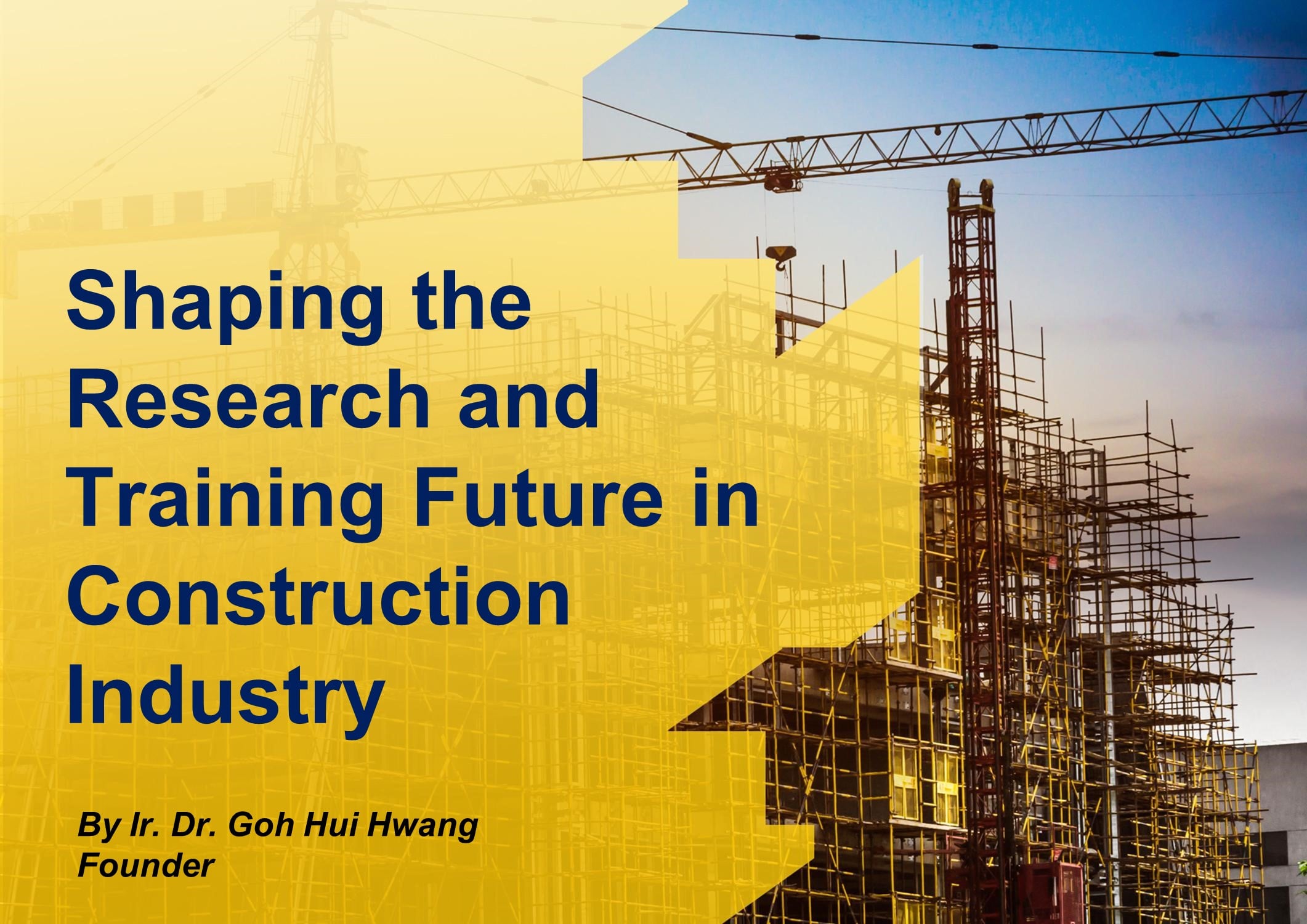Author: Ir. Dr. Goh Hui Hwang
RM260bil of development expenditure under the 11th Malaysia Plan (2016-2020) represents a 16% increase from the previous plan, which bodes well for the growth trajectory of the construction industry. It employs in excess of 1.8 million workers throughout the country for the time being. The economy, environment and society are positively impacted by the Engineering and Construction (E & C) industry holistically. Our daily lives as well as the quality of life are influenced by the built environment surrounding us. The linkage among construction industry with all the other industries is vast due to the economic value creation of the ‘construction assets’. Multiple global Megatrends are shaping the future of the construction industry.
However, there is a new challenge on the construction horizon. The construction industry is always slow in technological development compared to other industries. To be more specific, there is a lack of innovation and delayed adoption in construction. Research and development (R&D) are always the lifeblood of any industry. However, the investment cost for R&D is always present, whereas the benefits are long term. Given the economic significance of the construction sector, R&D investments among E&C companies are surprisingly small.
National governments can create a more fertile environment for developing technological innovations by providing appropriate support to companies and academia.
It is a challenge for the construction industry as it will face stiff recruiting and talent challenges in the future. The major challenge is the prospective scarcity of competent and skilled workers. It seems to have an obvious solution if the industry players and the government are willing to invest in the strategic training and skills. This is subsequently related to the advancement of technology that becomes a must for construction workers to have new and broader skill sets.
Many construction competent workers are retiring, and the rate of retirement looks set to increase. The industry is also losing out to competing sectors where work is more stable and pay is more competitive. With an ageing workforce and a poor pipeline of young people, the construction industry looks certain to face a skills crisis in the next decade. To solve the problem, a custom effectively designed training system should enhance the performance and engagement of the workers, and also their health and safety.
As an industry, we need to work together to make an effort to appeal to both ends of the spectrum of construction. Design or adapt training programmes and curricula to prepare employees for the organization’s current and future needs. On one side, convincing highly-skilled professionals that have the privilege of choice to go into construction for the benefits of working on tangible projects that build a sense of legacy; on the other, convincing young unemployed people to commit to apprenticeship programs secure in the knowledge that a place will be allocated upon completion, that there is a clear pathway for personal and professional development and a future for them within the industry.
Ir. Dr. Goh Hui Hwang
Founder
IPM Group

